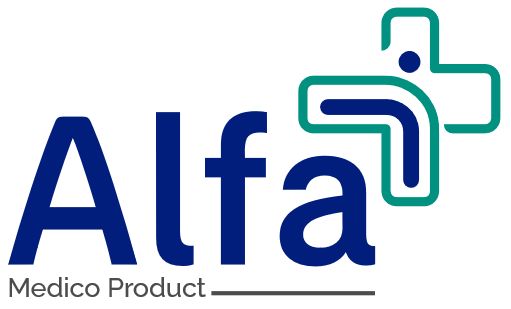MGPS is an essential part of any healthcare facility, directly impacting patient care, emergency response, and surgical precision. Whether setting up a new hospital wing or upgrading an older facility, MGPS installation requires careful planning, precision, and full compliance with medical regulations.
We have strong experience in hospital infrastructure, which makes every step of MGPS installation safe and long-term reliable.
1. Assess the Facility and Its Medical Gas Needs
The first step toward an efficient MGPS installation is to assess the facility’s size, patient load, and departments. Each area—ICU, OT, general ward, or emergency room—has different requirements in terms of oxygen flow, vacuum capacity, and monitoring systems.
Understand current usage and plan for future expansion. This avoids expensive modifications later and supports scalability.
2. Design a Code-Compliant MGPS Layout
Once requirements are clear, the layout should be designed in accordance with HTM 02-01, NFPA 99, and NABH standards. Key components like alarm panels, zone valve boxes, and gas outlets must be marked clearly and positioned for maximum accessibility.
Medical Gas Pipeline System design isn’t just about placement; it’s about planning the safest and shortest path for medical gas delivery without compromising maintenance access or emergency control.
3. Source Certified Components Only
Using certified, medical-grade components is non-negotiable in any MGPS installation. From copper pipes and alarm systems to vacuum regulators and gas terminal units, every item must be tested for durability, purity, and safety.
At Alfa Medico, all components are ISO and CE certified to ensure dependable operation under constant use in critical environments.
4. Engage Skilled Technicians for Pipework and Assembly
Only experienced technicians should handle MGPS installation. During the pipeline brazing process, inert gas purging (such as nitrogen) must be used to prevent scale buildup inside the pipes. This small step plays a big role in preventing future contamination of gases.
Each joint must be tested for leaks, and the flow direction should be labeled accurately across the pipeline.
5. Install Valves and Alarm Panels with Strategic Access
MGPS control systems like area valve boxes and alarm panels must be installed in visible, reachable locations—typically near nurse stations or operation theatres. These control points allow staff to isolate sections during emergencies or maintenance.
Best Practice: Choose alarms that provide both audible and visual signals for pressure deviations and allow for quick response by hospital staff.
6. Follow a Strict Testing and Commissioning Protocol
Before commissioning, the entire Medical Gas Pipeline System (MGPS) must be rigorously tested. This includes:
- Pressure testing to detect leaks
- Verifying outlet flow rates
- Testing each alarm condition
- Checking valve functions and backups
Alfa Medico conducts documented multi-stage testing to ensure all components are functional, compliant, and safe before handover.
7. Provide Comprehensive Training to On-Site Teams
Your investment in MGPS will only pay off if hospital teams know how to use it. Maintenance staff must understand alarm systems, zone isolation procedures, and how to detect pressure anomalies. Clinical staff must also be trained in emergency protocols.
We recommend on-site demonstrations and sharing printed manuals and SOPs as part of the MGPS installation package.
8. Build with Future-Readiness in Mind
Medical facilities evolve. As new departments open or patient loads increase, gas demand can rise significantly. A forward-thinking MGPS layout accounts for such growth by including provisions for extra outlets, dual manifold systems, and reserve gas banks.
Tip: Install oversized headers and allow physical access to critical points, so that new extensions can be connected with minimal disruption.
9. Plan Preventive Maintenance from Day One
It is important to have a proper maintenance plan after the MGPS installation is complete. Annual inspection, pressure check, outlet cleaning and alarm testing ensures that the system runs smoothly without any interruption.
We offer scheduled maintenance packages, helping healthcare facilities meet audit requirements and avoid operational downtime.
Why These Practices Make a Difference
A Medical Gas Pipeline System (MGPS) is not just an infrastructure asset—it’s a lifeline. The quality of installation can directly affect the efficiency of surgeries, the comfort of patients, and even the ability to respond to emergencies. If these best practices are properly implemented, the hospital’s MGPS system works smoothly in every situation and meets the daily needs.
At Alfa Medico, we combine technical expertise, regulatory knowledge, and field-tested processes to deliver dependable MGPS installations. Whether you’re starting from scratch or retrofitting an older wing, we’re here to guide and support you through each phase.
Ready to take the next step in MGPS Installation? Get in touch with Alfa Medico for a detailed consultation and site visit.

